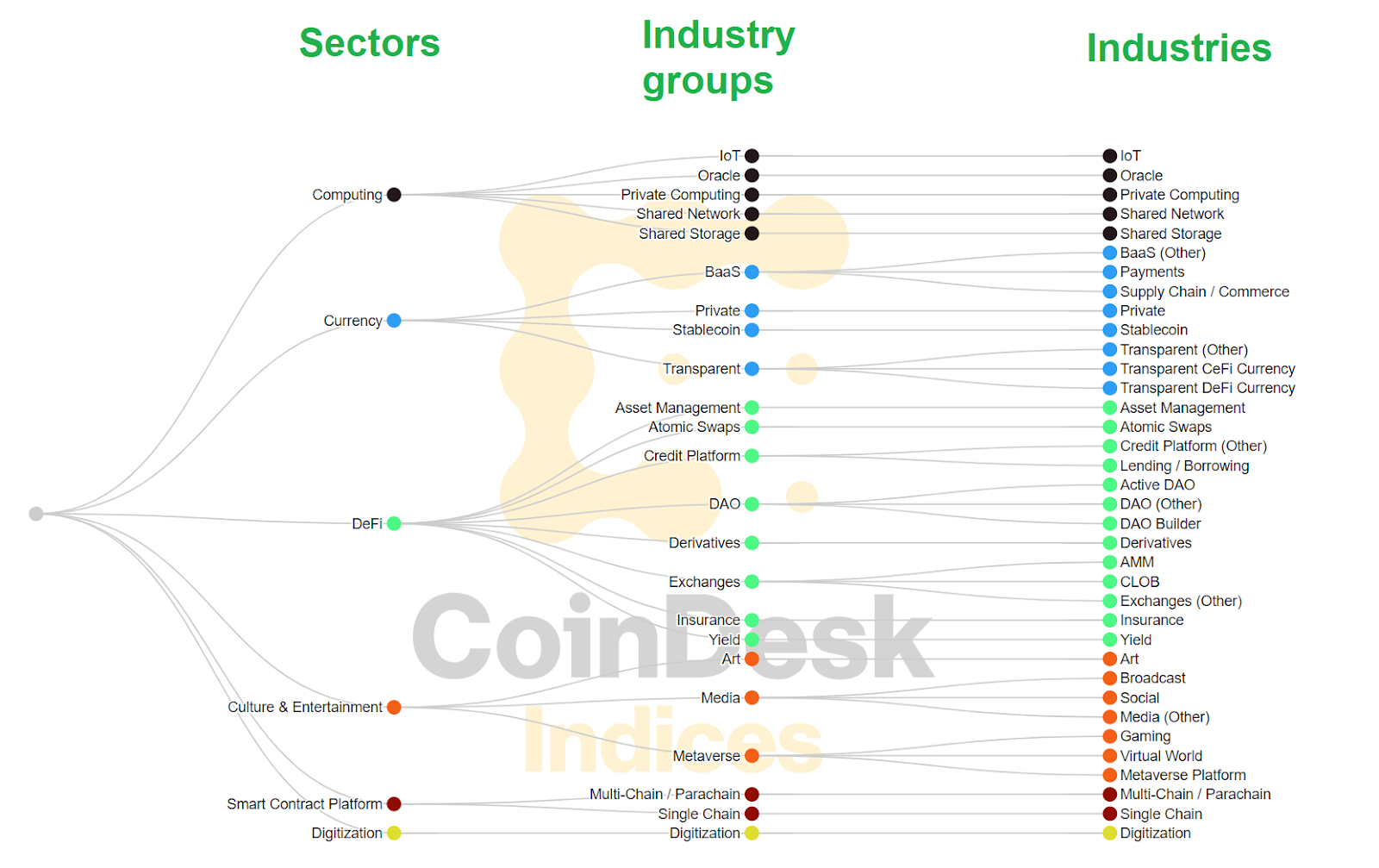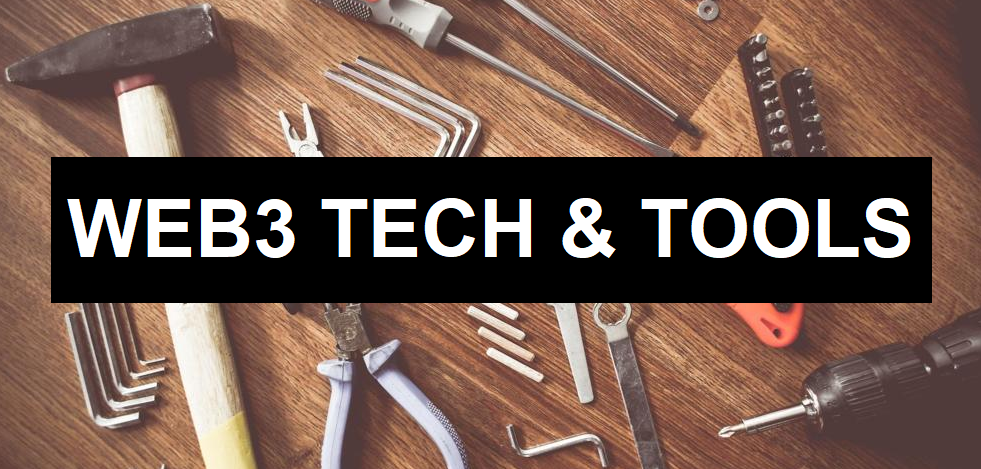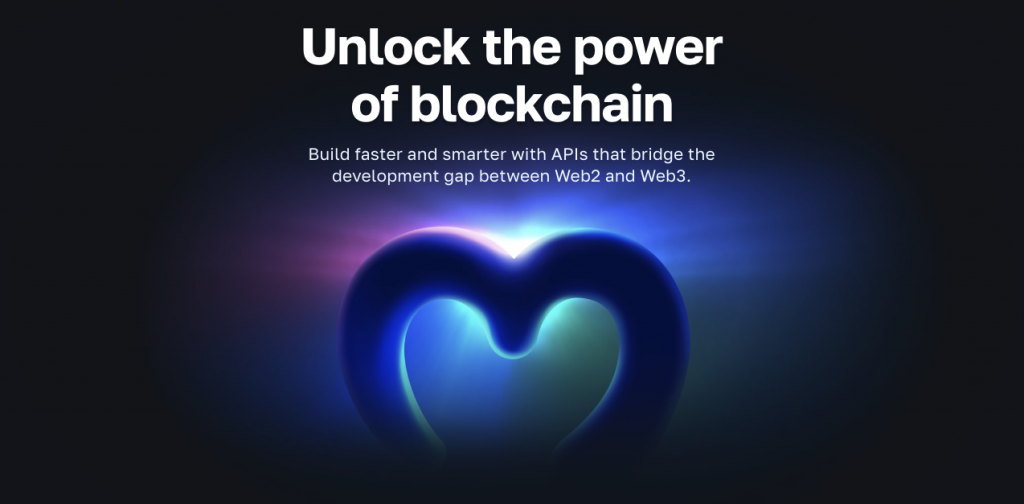With enterprise-grade Web3 infrastructure, you can build and scale your project effortlessly. By employing Moralis, the market’s leading infrastructure solution for Web3, you can take advantage of the following:
- ✅ World-Class Web3 APIs – Get NFT, token, and transaction data from EVM networks and non-EVM chains.
- ✅ Cross-Chain Compatability – Future-proof your project by taking advantage of Moralis’ multiple network support for chains and L2s such as Ethereum, Polygon, Avalanche, Solana, Cronos, etc.
- ✅ Multiple Tech Stack Integrations – Integrate your Web3 project with tech stacks like Firebase and Supabase.
- ✅ Game Engine Support – Add Web3 features into PlayFab games and integrate Web3 capabilities into Unity.
- ✅ Stability and Reliability – Moralis offers custom SLAs and has a long track record running mission-critical blockchain infrastructure for the biggest dapps on the market.
- ✅ Customer Obsession – The Moralis customer success team offers 24/7 support in more than 40 countries, a developer forum, and a developer Discord community.
Overview
Developers need reliable, effective, and efficient web 3.0 infrastructure. There are already many excellent tools at your disposal, with new ones emerging regularly. However, imagine a toolbox enabling Web2 developers to use their knowledge and skills to transition into Web3 quickly and easily. Fortunately, you don’t need to imagine it. Instead, you can just create your free Moralis account and start bridging Web2 and Web3 today!
Moving forward, we’ll start with the basics, explaining what Web3 is. Then, we’ll make sure you know what Web3 infrastructure is. Further, to help you properly understand web 3.0 infrastructure, we’ll also take a look at technologies used in Web3. With a proper foundation laid out, you’ll be able to appreciate some of the most popular Web3 infrastructure projects. Last but not least, we’ll do a proper overview of the best web 3.0 infrastructure solution for dapp development.

Web3 – What is it?
Before we dive deeper into discussing Web3 infrastructure, you need to know what Web3 is. So, in simple terms, Web3, or web 3.0, is widely understood as the internet’s third – and latest – “phase” (see the image above). It’s also worth pointing out that there’s no single controlling entity behind these phases; it’s an unplanned evolution of the internet. Moreover, every stage of Web3 is characterized by one specific aspect:
- Web1 – Static
- Web2 – Dynamic
- Web3 – Decentralized
Furthermore, Web3 aims to solve the problem of ownership, digital economics, and centralization. It tackles all three aspects by decentralizing the internet. While Web2 focuses primarily on the frontend, Web3 mainly aims to improve backend functionality. Moreover, a distinct feature of the Web3 era is the emergence of decentralized applications (dapps), which will supersede traditional applications.
Ultimately, decentralization, programmable blockchains, and native support for peer-to-peer (P2P) transactions are the core aspects of web 3.0 and blockchain technology. However, keep in mind that Web3 is still in its infancy, and we’ve still got a long way to go before reaching mass adoption. With that said, blockchain networks are the foundation of Web3 infrastructure. But, as a dapp developer, you want to avoid interacting directly with this bottom layer of the blockchain tech stack. Instead, you want to focus on working with Web3 APIs to build dapps the easy way.

What is Web3 Infrastructure?
In the most general sense, Web3 infrastructure includes devices, blockchains, and all other layers of the blockchain tech stack. However, when we refer to “Web3 infrastructure” in this article, we mean the technologies, tools, and solutions developers need to build and operate dapps. It’s worth pointing out that blockchain terminology and classification are not yet unified. Hence, there can often be different terms referring to the same aspects. But there are teams, companies, and organizations putting in their efforts to introduce a higher level of clarity, with CoinDesk’s “Digital Asset Classification Standard” (DACS) being such an effort. As such, we’ll refer to DACS moving forward. After all, it can help you grasp the complexity of web 3.0 infrastructure.

Looking at the image above, you can see that DACS currently defines six sectors of Web3: computing, currency, DeFi, culture and entertainment, smart contract platforms, and digitalization. Among these sectors, computing and smart contract platforms mainly represent Web3 infrastructure. Of course, the lines can be blurry, and other sectors can be involved in some specific aspects of web 3.0 infrastructure as well.
Moreover, we previously explained that smart contract platforms (another term for programmable blockchains) are the foundation of Web3 infrastructure. As a dapp developer, you do not need to deal with that layer directly. Hence, let’s take a closer look at the computing sector and the technologies it offers.

Technologies Used in Web3
The core technology of Web3 is blockchain. However, blockchains are nothing but distributed digital ledgers (types of databases). Hence, they need other technologies and tools, or Web3 infrastructure solutions, to form a proper ecosystem. For instance, the above-introduced computing sector brings several technologies that already play a vital role in this new, decentralized internet. However, there are other technologies involved. These include many legacy programming languages and platforms to create frontends for dapps. On the other hand, there are also some specialized programming languages for smart contract development. As such, aside from dissecting the computing sector of DACS, we’ll also cover some other important technologies and tools as we proceed.
The Computing Sector
The computing sector (as per DACS) includes protocols that focus on building and supporting the infrastructure of Web3 and distributed computing. As such, they aim to decentralize and remove intermediaries for services such as cloud storage, computing, networking, and databases. By successfully achieving their goals, protocols in this sector have the power to return ownership of data and information to the network participants. Moreover, some of them enable users to earn revenue by contributing to the operation of these Web3 technologies.

Furthermore, the computing sector includes five industry groups that are also new industries:
- Shared Storage – Shared storage protocols focus on decentralizing storage servers traditionally owned and operated by centralized entities. These protocols achieve that by decentralizing the storage responsibilities across an open-source network of miners/stakeholders with a system of economic incentives. As such, this supports pseudonymous, private file sharing on a decentralized network.
- Oracle – Blockchain oracles are protocols that focus on gathering, organizing, and transmitting data. They can do that for either “on-chain to on-chain data” or “off-chain to on-chain data” in real-time. Usually, these types of protocols operate with native tokens that are used to cover transaction costs and governance rights.
- IoT – IoT protocols contribute to the development of the “internet of things” and Web3 by incorporating blockchain into the real world. Essentially, these types of protocols enable application interoperability between IoT networks and blockchains.
- Private Computing – Private computing protocols focus on establishing a free, decentralized market of cloud computing power, surplus bandwidth, security as a service, and other computational services for one-off instances on demand.
- Shared Network – Shared networks are open networks of distributed cloud computing. These types of networks allow participants to offer energy and computation resources at varying costs to pseudonymous buyers.

Other Important Web3 Technologies and Tools
As mentioned above, when it comes to frontend aspects of Web3, technologies/languages such as HTML, CSS, and JavaScript continue to play key roles. However, when you focus on Web3 backend functionalities, you have several other Web3 technologies you can (and, in some cases, should) use. They are as follows:
- Node Providers – They are node-running companies that enable you to use their services instead of running your own nodes. After all, nodes enable you to speak with the blockchain and access its data; however, running your own node is a full-time job. Thus, if you decide to dive deep into smart contract development, you may want to use a node provider or two (for redundancy).
- Web3 API Providers – Different Web3 API providers offer different APIs. However, in many cases, these providers connect to nodes behind the scenes. Hence, they enable you to obtain all sorts of useful precompiled and precalculated on-chain data. Moreover, they provide you with a straightforward way to establish reliable communication/interactions among various pieces of software. In addition, quality APIs enable consistent coding in a stable environment. As such, reliable Web3 APIs are the most important tools for dapp development.
- Smart Contract Programming Languages – They vary depending on which programmable chain you want to focus on.
- Smart Contract Developing Frameworks and IDEs – These tools enable you to write, compile, deploy, verify and test smart contracts.
- Web3 Wallets – Primarily, these tools enable you to manage, send, receive, and store cryptocurrencies. However, they are also the most popular way to complete the Web3 authentication process (a gateway to most dapps), confirm all on-chain transactions, test dapps, etc.
- Blockchain Explorers – These are special kinds of dapps that enable users and devs to explore on-chain data and even interact with smart contracts. Of course, every blockchain needs its own explorer.

Web3 Infrastructure Projects
Above, we covered the main categories of technologies and tools involved in web 3.0 infrastructure. However, we encourage you to explore further and even use specific projects. As such, let’s take a look at the leading examples:
- Computing Sector Representatives – Some of the most reputable protocols from the computing sector include Filecoin (shared storage), Chainlink (oracle), Helium (IoT), IPFS (a popular decentralized store solution but not blockchain-based), etc.
- Node Providers – Some of the most reputable node providers include Infura, Alchemy, QuickNode, Chainstack, GetBlock, Pocket Network, and RunNode.
- Web3 API Providers – Some of the most reputable Web3 API providers include Covalent, The Graph, QuickNode, Alchemy, Bitquery, Biconomy, and Moralis.
- Projects Focusing on Smart Contracts Development – There are programming languages, frameworks, IDEs, and other tools involved in the process of creating smart contracts. The two most popular smart contract programming languages are Solidity (for Ethereum and other EVM-compatible chains) and Rust (if you want to create a Solana smart contract). Some of the most popular smart contract-developing frameworks and IDEs include Hardhat, Truffle, Ganache, Remix, OpenZeppelin, and Metaplex.
- Web3 Wallets – Some of the most popular Web3 wallets include MetaMask (Ethereum and EVM-compatible chains), Trust Wallet, Rainbow, Argent, Coinbase Wallet, Phantom (for Solana), etc.
- Blockchain Explorers – The most popular blockchain explorers are the ones focusing on the most popular blockchains. These include Etherscan for Ethereum, PolygonScan for Polygon, BscScan for BNB Chain, SnowTrace for Avalanche, etc.
As you can imagine, many other projects can, at least in some way, contribute to the infrastructure of Web3. Hence, we encourage you to explore the fast-evolving crypto realm on your own. Nonetheless, let’s quickly overview the best Web3 infrastructure solution.

The Best Web3 Infrastructure Solution for Web3 Development
Moralis is the leading Web3 API provider that makes dapp development as straightforward as it gets. Moreover, Moralis is cross-chain interoperable, enabling businesses to deploy dapps to all of its supported chains. In addition, thanks to Moralis’ cross-platform interoperability, businesses can create dapps using legacy dev platforms and programming languages. Furthermore, you can explore and use all Moralis products with a free Moralis account. The current fleet of Web3 infrastructure tools includes the following solutions:
- EVM API – All the API endpoints you need to create dapps on Ethereum and other EVM-compatible chains.
- Solana API – All the API endpoints you need to create dapps on Solana.
- NFT API – Integrate NFT functionality into your dapps without breaking a sweat.
- Token API – Fetch all details about cryptocurrencies (coins and tokens) with short snippets of code.
- Auth API – Integrate seamless Web3 authentication solutions with single lines of code.
- Streams API – Stream blockchain data into your backend via Web3 webhooks.
With the above tools at your disposal, you can simply follow the tutorials inside the Moralis documentation to create your first dapp in minutes.
In addition, to fully grasp the power of Moralis, we recommend you watch Moralis’ CEO, Ivan Liljeqvist, explain why Moralis 2.0 is a real game changer for businesses looking for a Web3 infrastructure solution catering to all blockchain development projects:
Web3 Infrastructure – Exploring the Best Solution for Web3 Development – Summary
You now know what Web3 and its infrastructure entail. Furthermore, in this article, you had a chance to learn about the technology used in this third generation of the internet. You also had the chance to explore some of the most popular and reputable Web3 infrastructure projects. This is where you discovered Web3 APIs and why Moralis is the ultimate Web3 API provider. As such, you now know you can use your free Moralis account to start creating dapps quickly and easily. Last but not least, you also had an opportunity to hear directly from Moralis’ CEO about Moralis 2.0!
Moving forward, we suggest you explore the Moralis documentation, the Moralis YouTube channel, and the Moralis blog. These outlets will provide you with all the details you need to become a Web3 developer for free. Furthermore, they are the platforms for your free ongoing blockchain development education. Some of our latest articles focus on how to mint a coin on Solana, the Aptos network and Sui blockchain, building Ethereum dapps, and much more.
However, if you are interested in becoming a blockchain expert, we recommend enrolling in Moralis Academy. This is also the place to become blockchain certified and significantly increase your chances of landing your crypto job. If you want to dive deeper into what blockchain actually entails, we encourage you to start with the “Blockchain & Bitcoin 101” course!
